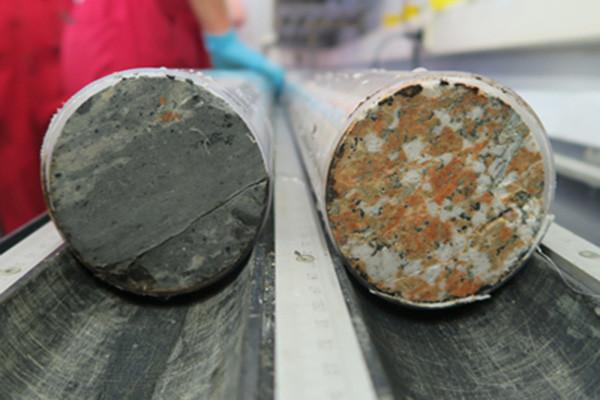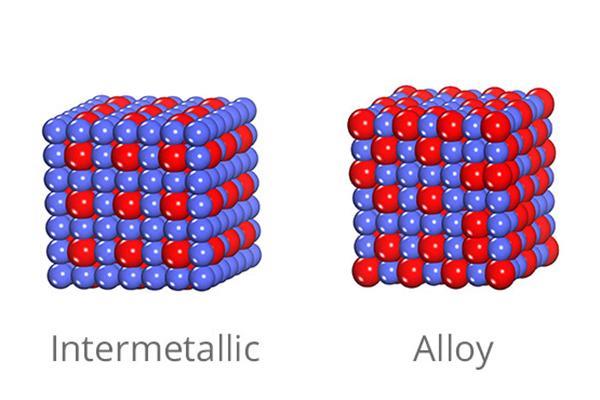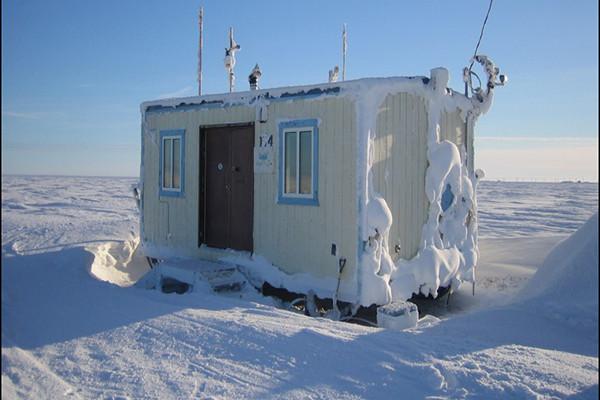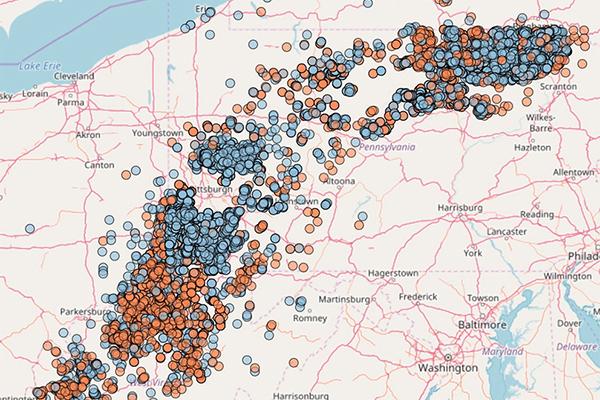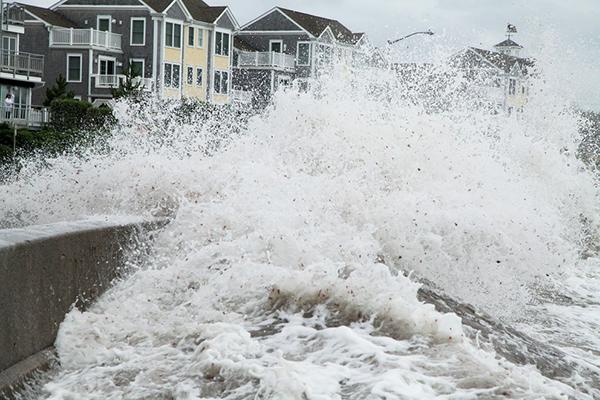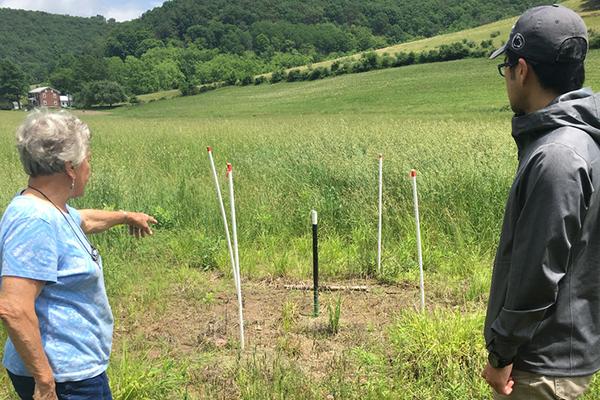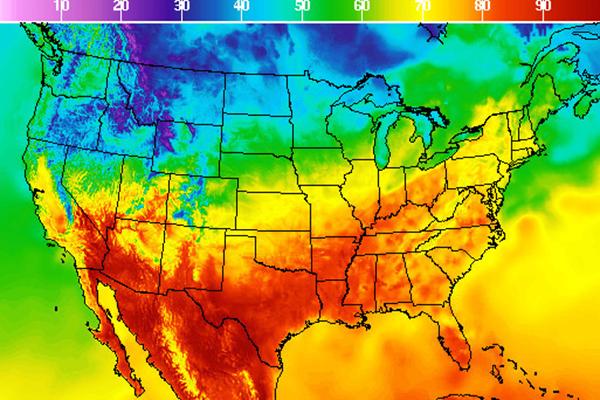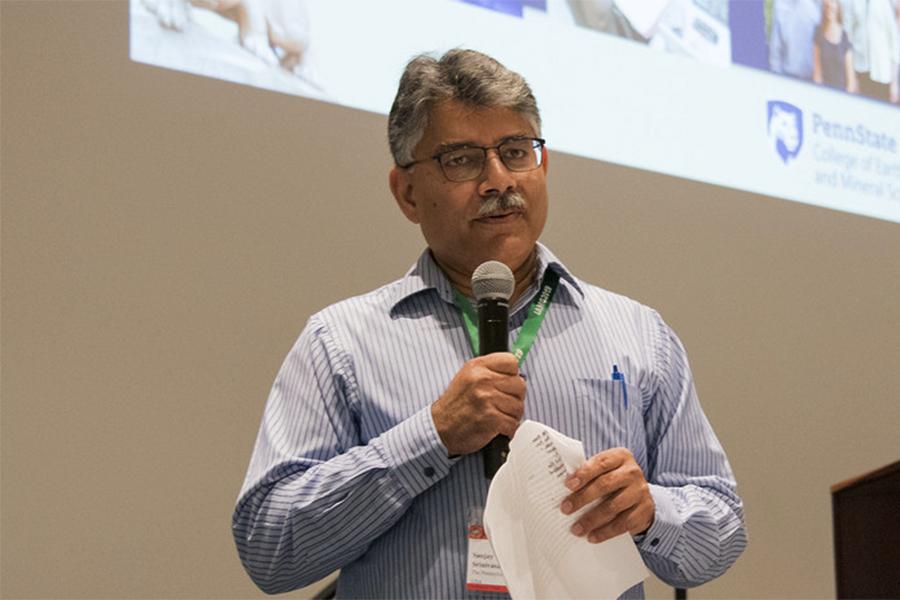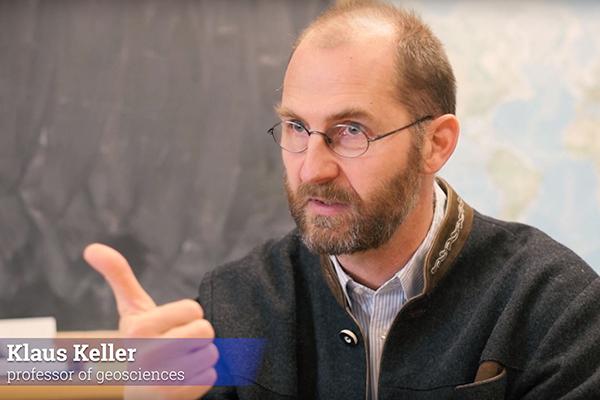Read the latest news about research conducted by investigators in the College of Earth and Mineral Sciences. Our faculty and students are continually advancing technology, creating solutions and expanding knowledge with new and innovative research.
News
Researchers have found new evidence that supports the theory that an that an asteroid impact led to the demise of the dinosaurs, painting the clearest picture yet of the Cretaceous-Paleogene extinction event.
Researchers from Penn State are participating in a $1.2 million United States Department of Energy (DOE) project using machine learning — a form of artificial intelligence — and data science to design more effective catalysts for chemical processing.
Perennial sea ice is rapidly melting in the Arctic, clearing the way for new shipping routes and fossil fuel extraction. This increased activity could have unexpected impacts on the natural chemistry of the polar region, according to researchers.
A new method for exploring natural gas in the Marcellus Shale, developed by Penn State researchers, shows potential high yield areas can be found more easily and with lower costs.
A team of Penn State researchers has identified five factors that can better characterize risk management options to protect coastal populations from rising sea levels and storm surges.
A new testing protocol that uses existing, affordable water chemistry tests can help scientists and regulators detect sites showing evidence of new methane gas leaks caused by oil and gas drilling, according to Penn State researchers.
Penn State researchers are using artificial intelligence to pinpoint swift-changing weather areas to help meteorologists produce more accurate weather forecasts without wasting valuable computational power.
More than 175 researchers, students and industry professionals from companies and universities around the world gathered at Penn State’s University Park campus Aug. 10-15 for the 20th Annual Conference of the International Association for Mathematical Geosciences.
Wine lovers may appreciate a dry white, but a lack of steady rainfall brought on by a changing climate is threatening a centuries old winemaking tradition in Italy, according to an international team of scientists.
Worldwide climate change is intensifying natural disasters and leading to record-high costs in damages, according to the Intergovernmental Panel on Climate Change. Penn State Professor of Geosciences Klaus Keller's research group seeks to bring together scientific research and communities to develop effective and affordable solutions.



